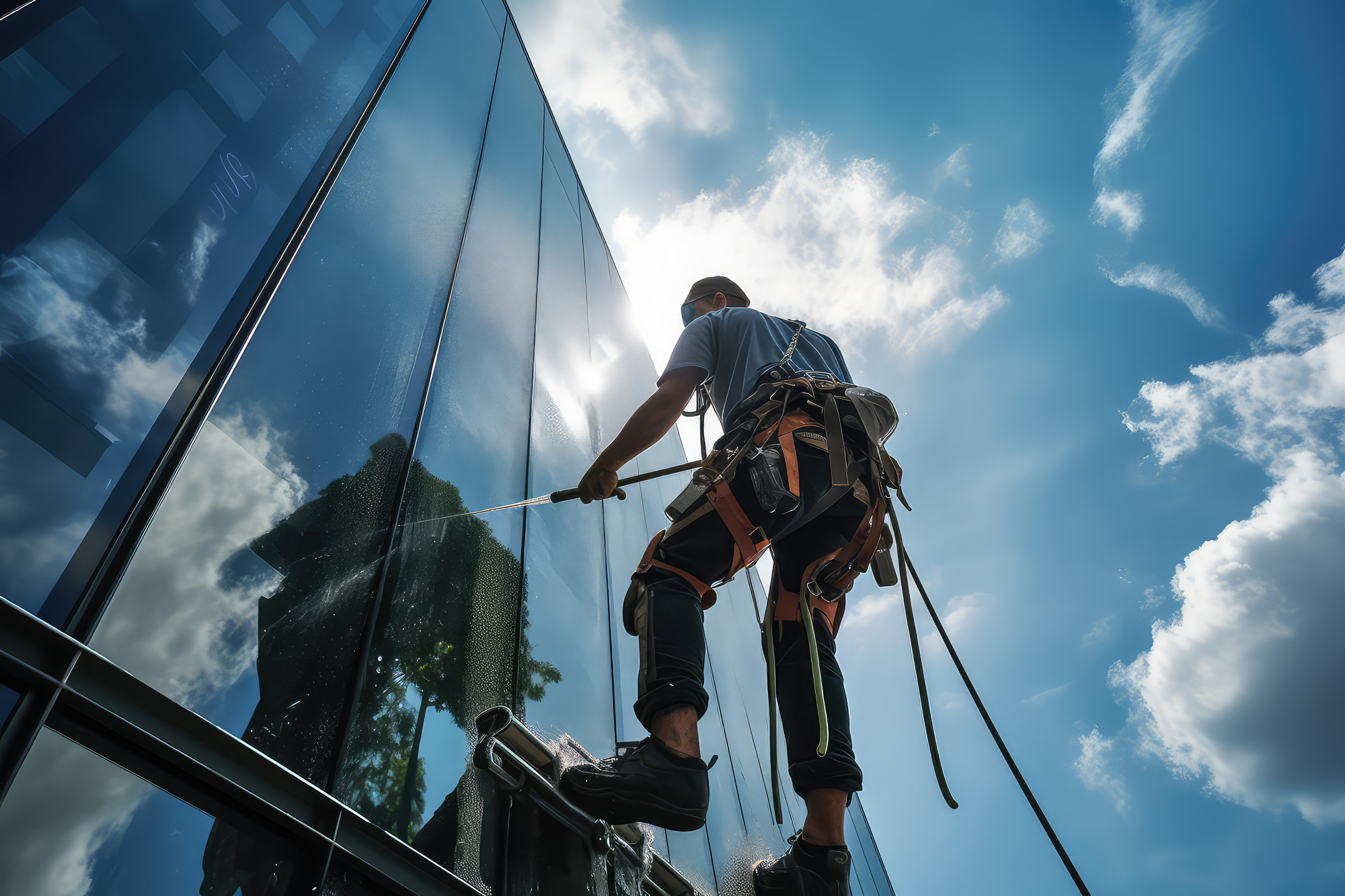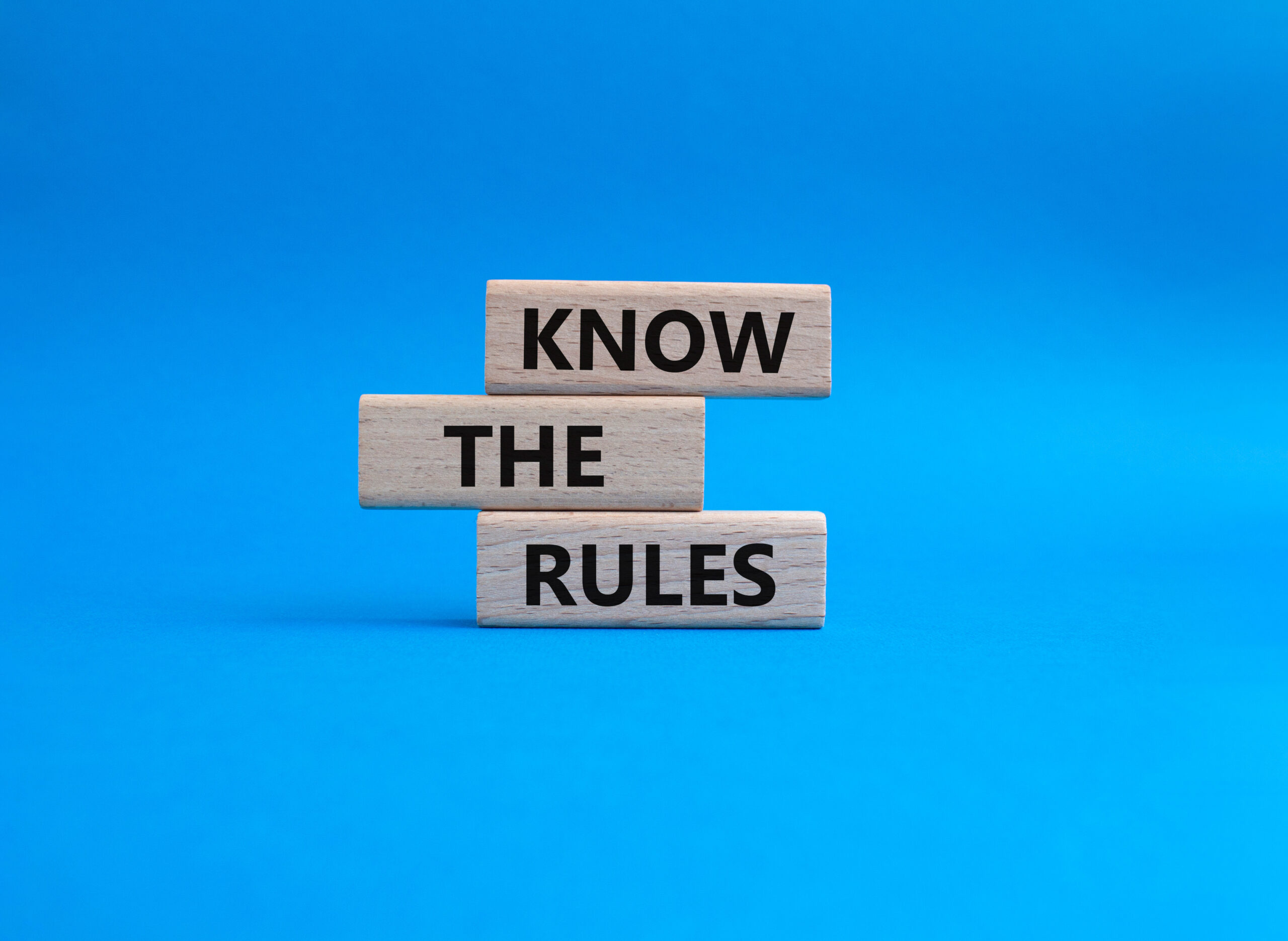Maintaining a clean and sanitary environment is crucial for the well-being of individuals and the overall health of communities. Cleaners play a pivotal role in achieving this goal, but their work comes with inherent risks. So, to ensure the safety of cleaners and those around them, it’s imperative to adhere to a set of essential safety protocols.
That said, this comprehensive guide will discuss how to integrate these protocols into daily cleaning routines to minimize the risk of accidents and exposure to harmful substances.
Personal Protective Equipment (PPE)
One of the fundamental safety protocols for cleaners is using Personal Protective Equipment (PPE) correctly. This includes items such as gloves, masks, goggles, and aprons. PPE is a barrier between cleaners and potentially hazardous substances, safeguarding them from physical injury and exposure to harmful chemicals.
That’s why it’s crucial for professional cleaning companies, such as Shine Cleaning Solutions, to select the appropriate PPE for the specific cleaning task and to ensure that it fits properly to provide maximum protection.
Hazard Communication
Cleaners should be well-informed about the chemicals they use and their potential hazards. Employers must provide thorough training on hazard communication, including properly labelling cleaning products, understanding safety data sheets (SDS), and recognizing warning symbols. By being aware of the risks associated with different cleaning agents, cleaners can take necessary precautions to prevent accidents and minimize exposure.
Proper Handling And Storage Of Chemicals
Safe handling and storing cleaning chemicals are paramount to preventing accidents and spills. Cleaners should be trained to follow manufacturer instructions for dilution, usage, and disposal of chemicals.
Additionally, chemicals should be stored in designated areas away from food, personal items, and incompatible substances. Proper ventilation in storage areas is essential to reduce the risk of inhaling harmful fumes.
Ergonomics And Safe Lifting Techniques
The physical demands of cleaning tasks can take a toll on a cleaner’s body. Training in ergonomics and safe lifting techniques is essential to prevent musculoskeletal injuries. Cleaners should be educated on the importance of maintaining proper posture, using equipment designed to reduce strain, and avoiding excessive force when lifting heavy objects. Regular breaks and stretching exercises can also contribute to overall well-being.
Electrical Safety
Many cleaning tasks involve using electrical equipment, such as vacuum cleaners and floor scrubbers. Cleaners must be trained to handle electrical appliances safely to prevent shocks and fires. Crucial safety measures include inspecting equipment for damaged cords, using ground fault circuit interrupters (GFCIs), and avoiding water exposure when working with electrical devices.
Slip And Fall Prevention
Slip and fall accidents are common in the cleaning industry, often resulting from wet floors or inadequate signage. Cleaners should diligently clean up spills and use warning signs to alert others to potential hazards. Additionally, cleaners should wear proper footwear with slip-resistant soles to reduce the risk of accidents.
Bloodborne Pathogen Training
Training in bloodborne pathogens is essential in environments where cleaners may come into contact with blood or bodily fluids, such as healthcare facilities or public restrooms. Cleaners should know how to safely handle and dispose of contaminated materials, use appropriate PPE, and follow proper cleaning and disinfection procedures to prevent the spreading of infectious diseases.
Equipment Maintenance And Inspection
Regular maintenance and inspection of cleaning equipment are crucial for ensuring safe and efficient operation. Cleaners should be trained to promptly identify and report any equipment malfunctions or defects. Routine checks for frayed cords, loose parts, and proper functioning of safety features contribute to a safer working environment.
Emergency Procedures
In an emergency, cleaners should be well-versed in the established procedures for evacuation, first aid, and emergency response. This includes knowing the location of emergency exits, fire extinguishers, and first aid kits. Regular drills and training sessions can help ensure that cleaners are prepared to respond effectively in case of unforeseen circumstances.
Communication And Reporting
Open communication between cleaners, supervisors, and management is vital for maintaining a safe work environment. Cleaners should feel empowered to report safety concerns, incidents, or potential hazards promptly. Establishing a culture that encourages feedback and provides avenues for reporting promotes continuous improvement in safety protocols.
Noise Protection
In environments where loud cleaning equipment is used, such as industrial vacuum cleaners or floor polishers, hearing protection is crucial. Prolonged exposure to high levels of noise can result in hearing damage. Cleaners should use earplugs or earmuffs to protect their hearing during noisy cleaning tasks.
Time Management And Workload Distribution
Encouraging proper time management and workload distribution helps prevent fatigue and reduces the risk of injuries. Cleaners should have realistic work schedules and breaks to perform their duties efficiently without compromising their well-being.
Conclusion
Prioritizing safety is paramount in the cleaning industry. By implementing and adhering to these essential safety protocols, cleaners can perform their duties efficiently while minimizing the risk of accidents, injuries, and exposure to harmful substances. Ultimately, a commitment to safety not only protects the well-being of cleaners but also contributes to the overall health and hygiene of the spaces they maintain.





